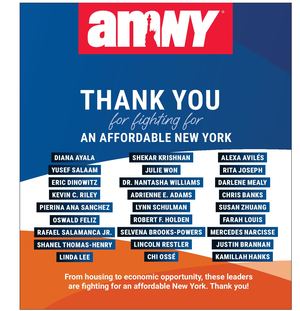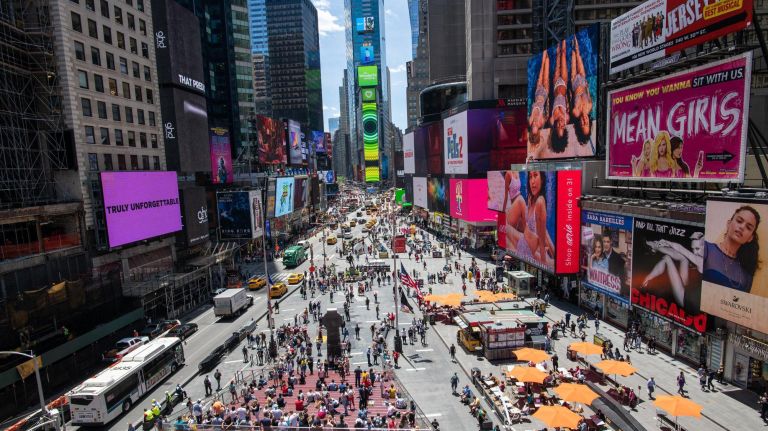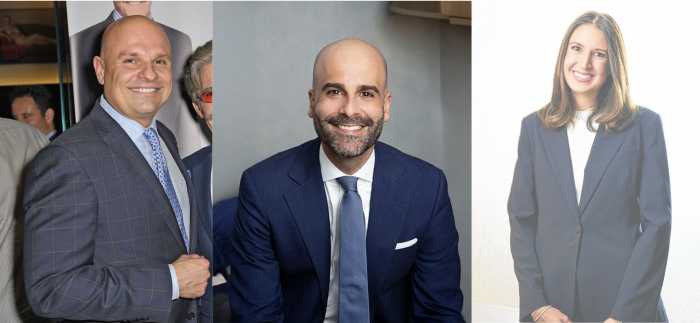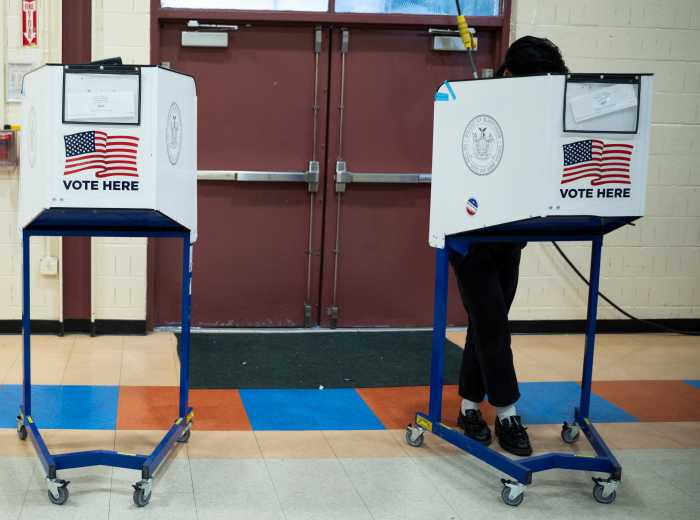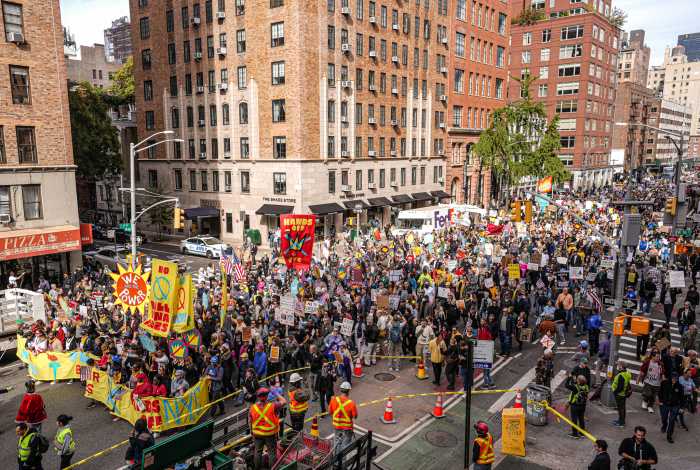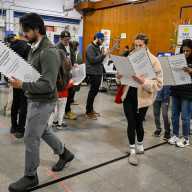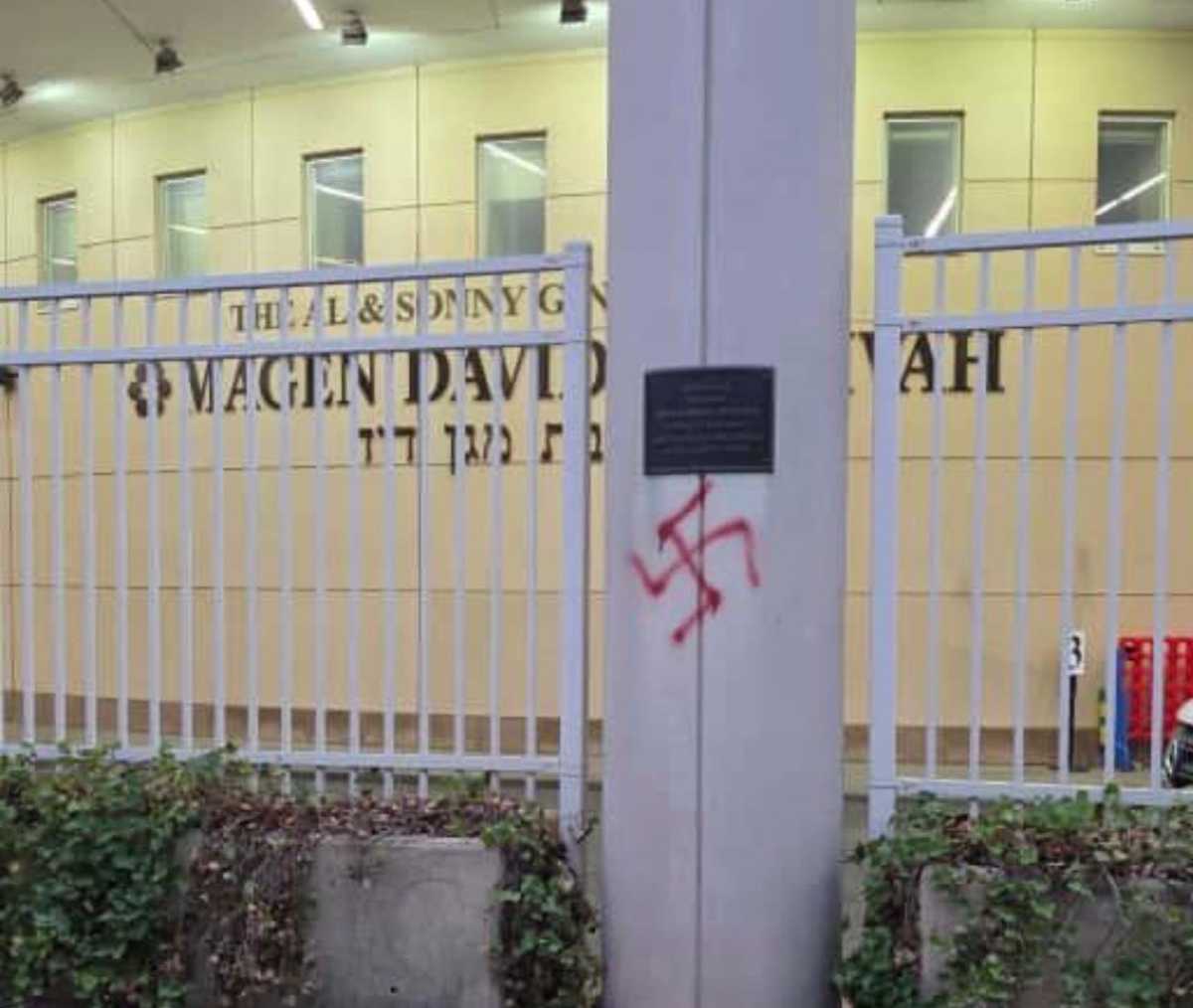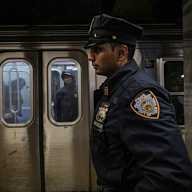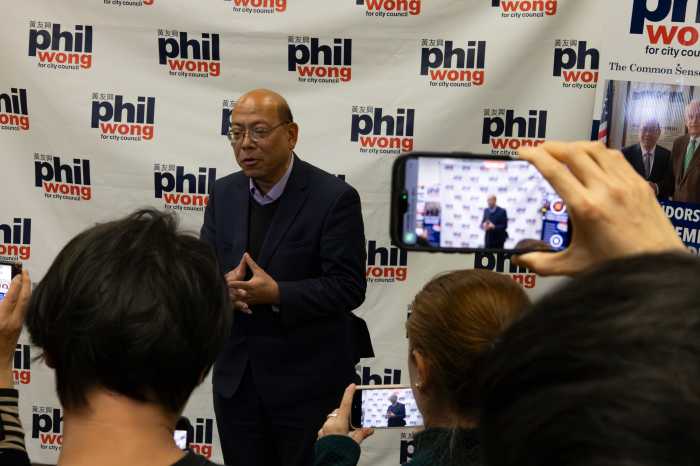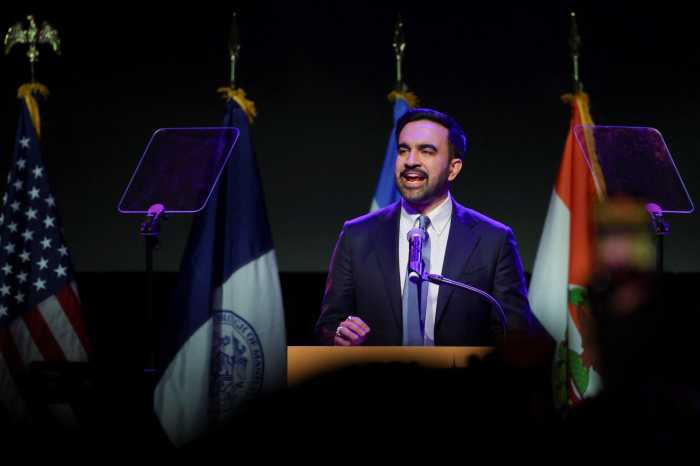
This summer marks the ten-year anniversary of Times Square as a collection of pedestrian plazas.
New York changes so quickly and constantly that it can be hard to remember much beyond what store closed yesterday or the day before.
But with some improvements it’s worth stopping and applauding a real win for the cityscape. That’s what Times Square became–a win–when former Mayor Michael Bloomberg and Department of Transportation Commissioner Janette Sadik-Khan nudged out the cars.
Times Square has gone through many changes over its history, but in the modern era it was distinguished by crowds, traffic, dinginess, and honking horns. Pedestrians packed against one another waiting for lights to change. Cars dangerously swung through the space. The area was a place to hustle through while constantly dodging vehicles.
Bloomberg and Sadik-Khan had the foresight to change that. And Midtown improved. According to Times Square Alliance surveys, peak pedestrian traffic in the square increased from highs of 356,000 in 2008 to 466,000 ten years later. Those pedestrians were also shoppers and theatergoers who have powered the New York economy. You can walk from the subway to a show with less fear of being pushed into an oncoming taxi. And the new street pattern hasn’t brought on traffic apocalypse.
Sure, many of the improvements like outdoor chairs and food kiosks might be enjoyed mostly by tourists, and Times Square remains crowded and chaotic. You either like or don’t like the costume characters. But a principle was proven true: that street space might be used for something different if anyone cared to try.
Mayor Bill de Blasio has sometimes had a car-first mentality, and his first police commissioner Bill Bratton was gung ho about bringing cars back to Times Square. But de Blasio and his transportation chief Polly Trottenberg have continued the push to rejigger streets, including a plaza in Kensington, Brooklyn.
They should keep experimenting, trying more shared streets and pedestrians-only zones. The benefits are already clear–and in ten years, that’s all New Yorkers will remember.
